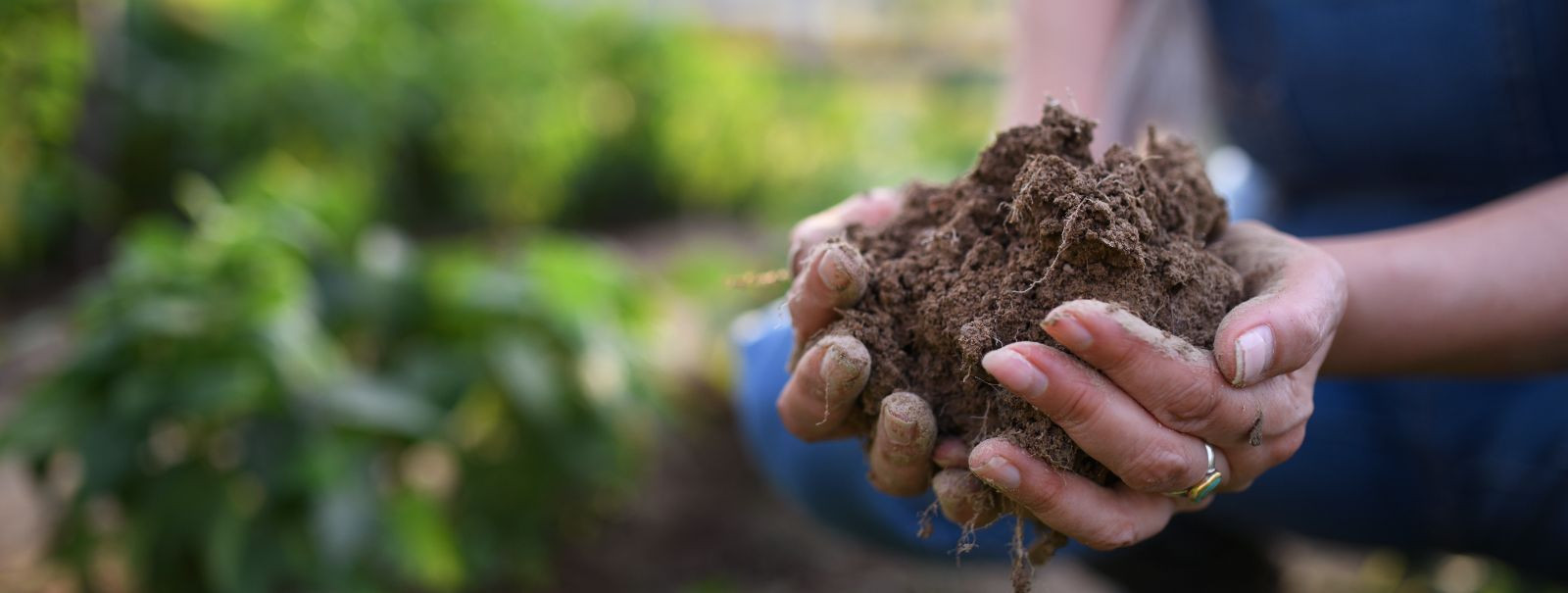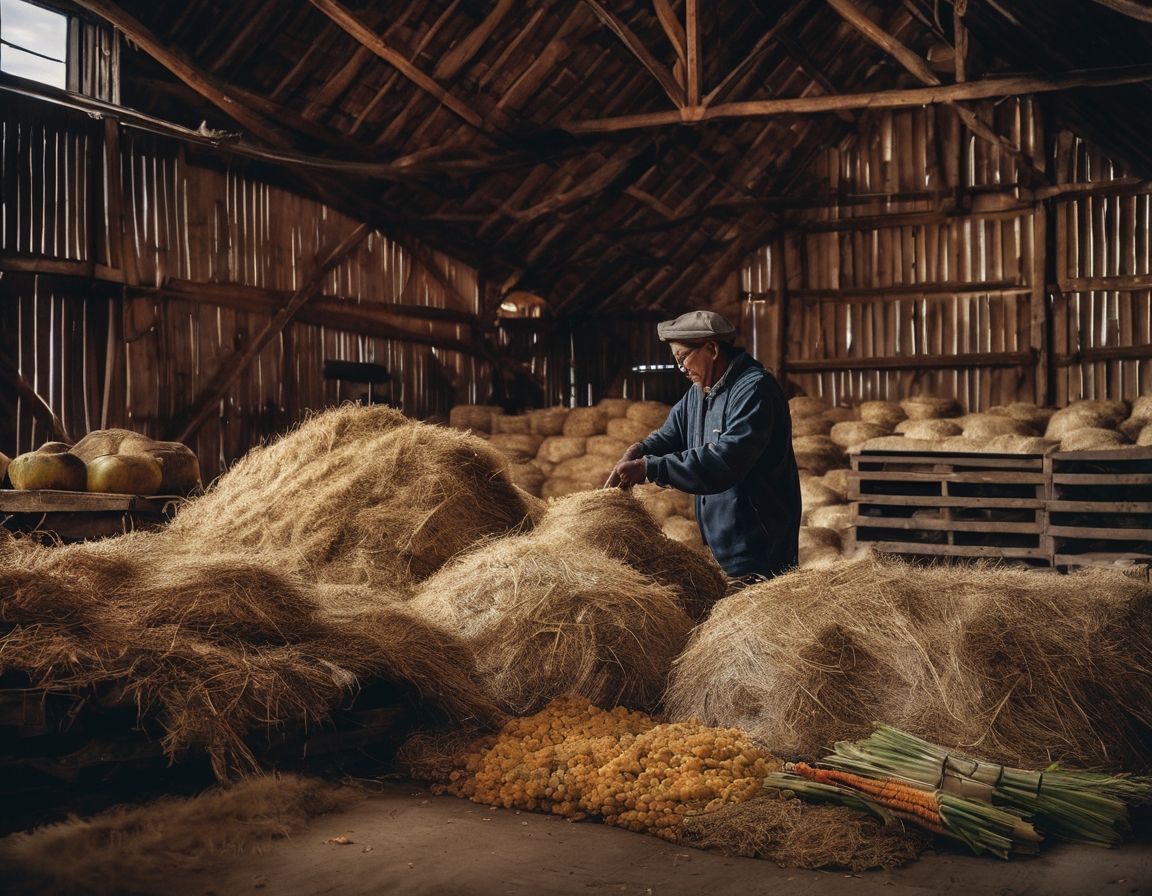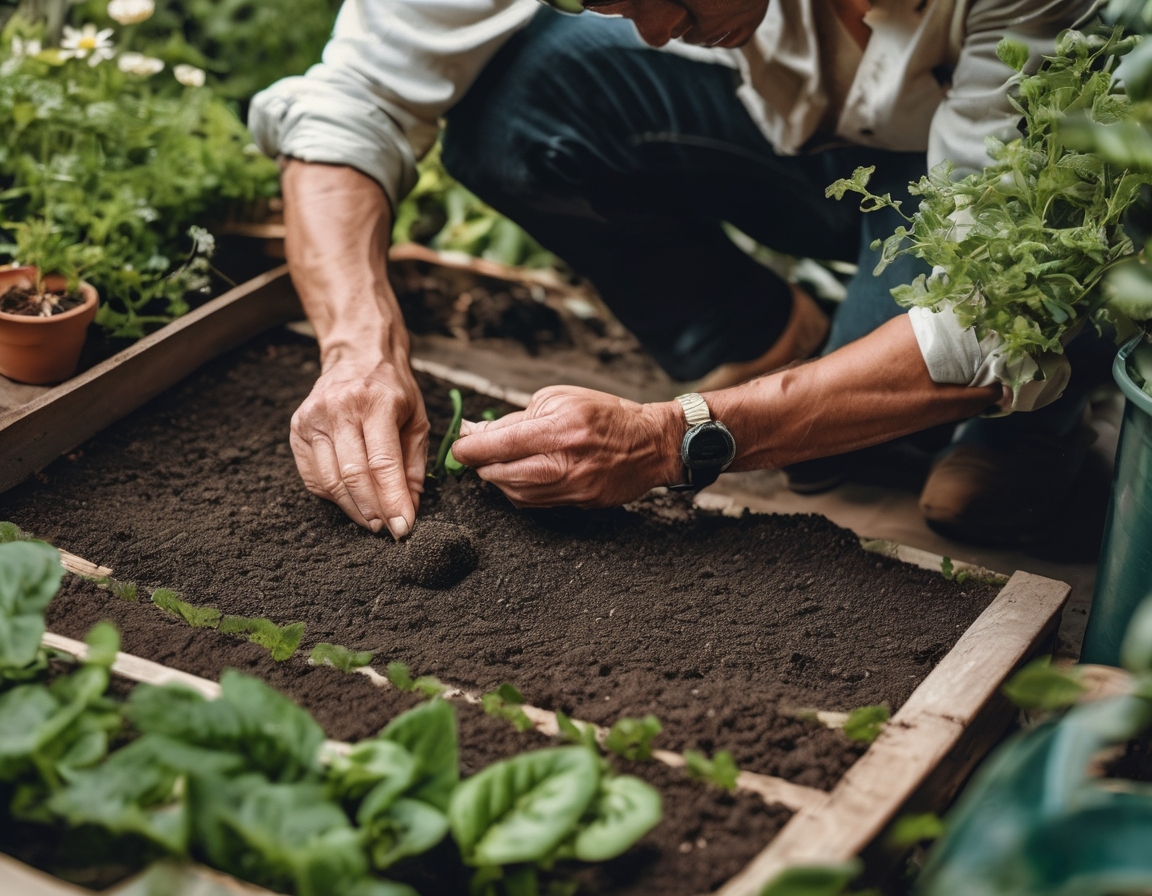The importance of soil preparation for a thriving garden
Soil preparation is the cornerstone of a successful garden. It involves a series of practices aimed at creating the ideal environment for plants to thrive. Whether you are a seasoned gardener or a beginner, understanding the importance of soil preparation can significantly impact the health and productivity of your garden. This process not only enhances plant growth but also contributes to sustainable gardening practices.
Understanding Soil Composition
Soil is composed of various elements, including minerals, organic matter, air, and water. The type of soil in your garden can greatly influence plant growth. Common soil types include sandy, clay, silt, and loamy soils. Each type has distinct characteristics that affect drainage, nutrient availability, and root penetration.
The pH level of soil is a measure of its acidity or alkalinity, which can affect nutrient availability to plants. Most plants prefer a pH range of 6.0 to 7.5. Testing your soil's pH and adjusting it accordingly is crucial for optimal plant health.
Benefits of Proper Soil Preparation
Proper soil preparation ensures that plants have access to the nutrients they need to grow. By amending the soil with organic matter and fertilizers, you can create a nutrient-rich environment that supports robust plant development.
Well-prepared soil has better water retention capabilities, reducing the need for frequent watering. This is particularly important in urban and suburban areas where water conservation is a priority.
Healthy soil can help plants resist pests and diseases. By maintaining a balanced ecosystem in the soil, beneficial microorganisms can thrive, naturally protecting plants from harmful pathogens.
Steps for Effective Soil Preparation
Before planting, conduct a soil test to determine its nutrient content and pH level. This information will guide you in making necessary amendments to optimize soil conditions.
Based on the soil test results, add organic matter such as compost or well-rotted manure to improve soil structure and fertility. This step is crucial for enhancing nutrient availability and promoting healthy root growth.
Tilling the soil helps to break up compacted layers, improving aeration and drainage. However, it's important to avoid over-tilling, as this can disrupt soil structure and harm beneficial organisms.
Applying a layer of mulch on top of the soil helps retain moisture, suppress weeds, and regulate soil temperature. Organic mulches, such as straw or wood chips, also decompose over time, adding nutrients back into the soil.
Sustainable Soil Practices
Composting is an excellent way to recycle organic waste and enrich your soil. By adding compost to your garden, you can improve soil fertility and structure while reducing landfill waste.
Rotating crops in your garden helps prevent soil depletion and reduces the risk of pest and disease buildup. This practice promotes a healthy and balanced soil ecosystem.
Planting cover crops, such as clover or rye, during the off-season can protect and enrich the soil. These crops prevent erosion, improve soil structure, and add organic matter when tilled back into the soil.






Comments (0)